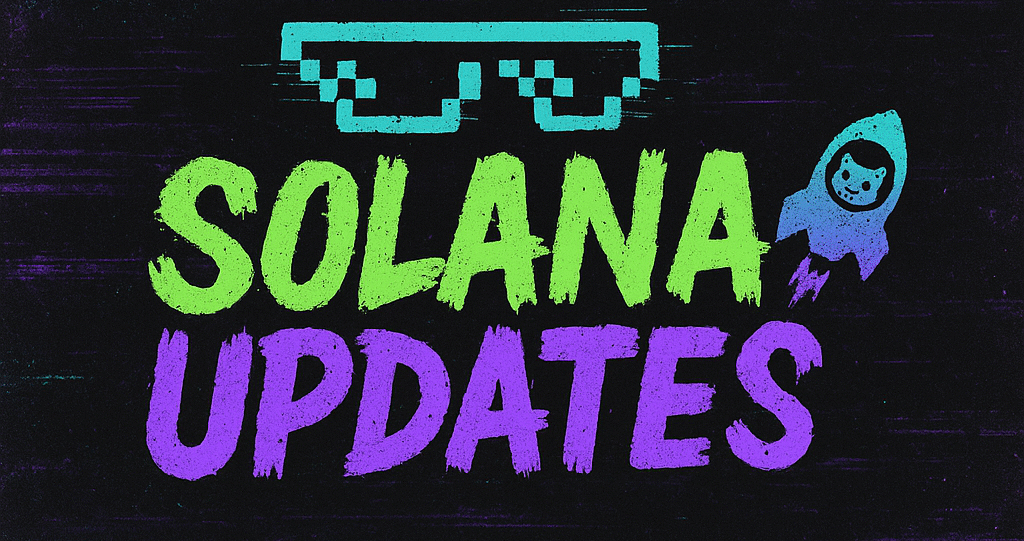In a significant leap towards bolstering its infrastructure, Ethereum’s latest upgrade, the Fusaka fork, has successfully made its debut on the final testnet, known as Hoodi. This milestone marks a pivotal moment in Ethereum’s ongoing evolution, as the blockchain community eagerly anticipates the integration of enhanced security and scalability features into the mainnet, projected to occur in just over five weeks.
The Fusaka fork represents a critical update in Ethereum’s development roadmap, promising to address some of the network’s longstanding challenges. With the explosive growth of decentralized applications (dApps) and the increasing complexity of smart contracts, Ethereum has faced pressure to scale effectively while maintaining security. Fusaka aims to mitigate these concerns by introducing cutting-edge technologies aimed at optimizing network performance.
Unveiling the Hoodi Testnet
The Hoodi testnet serves as the final proving ground for Fusaka’s capabilities before its mainnet implementation. This phase is crucial for developers and stakeholders to identify and rectify any potential issues, ensuring a seamless transition and integration into the broader Ethereum ecosystem. The Ethereum development team has diligently worked to test the new features under various conditions, simulating real-world scenarios to guarantee robustness and reliability.
One of the focal points of the Fusaka upgrade is the enhancement of Ethereum’s scalability. As blockchain adoption grows, the demand for processing a higher volume of transactions efficiently has become paramount. Fusaka introduces advanced consensus algorithms and optimization protocols designed to significantly increase transaction throughput, thereby reducing congestion and lowering gas fees for users.
Strengthening Security Measures
Security has always been a cornerstone of Ethereum’s architecture, and the Fusaka fork builds upon this foundation by implementing innovative security mechanisms. With the rise of sophisticated cyber threats and vulnerabilities, the need for robust defenses has never been greater. Fusaka enhances Ethereum’s security model by incorporating advanced cryptographic techniques and layered security protocols, protecting users and developers from potential exploits and ensuring the integrity of the network.
The Ethereum community has expressed optimism and excitement about the Fusaka upgrade, viewing it as a crucial step towards maintaining Ethereum’s competitive edge in the rapidly evolving blockchain landscape. Community involvement and collaboration have been essential throughout the development process, with developers, researchers, and enthusiasts contributing to the successful rollout of the Hoodi testnet.
Looking Ahead
As the countdown to Fusaka’s mainnet launch continues, anticipation builds within the blockchain industry. The successful integration of Fusaka is expected to not only enhance Ethereum’s technical capabilities but also solidify its position as a leading platform for decentralized applications and smart contracts. The upgrade is poised to attract new projects and developers, further expanding Ethereum’s ecosystem and driving innovation.
In conclusion, the Fusaka fork represents a significant milestone in Ethereum’s journey towards achieving greater scalability and security. With the successful deployment on the Hoodi testnet, the Ethereum community is on the brink of experiencing a transformative upgrade that promises to redefine the blockchain’s capabilities. As the mainnet launch approaches, all eyes are on Ethereum as it prepares to usher in a new era of blockchain technology.
🛒 Recommended Product: Check out top-rated crypto gear on Amazon


